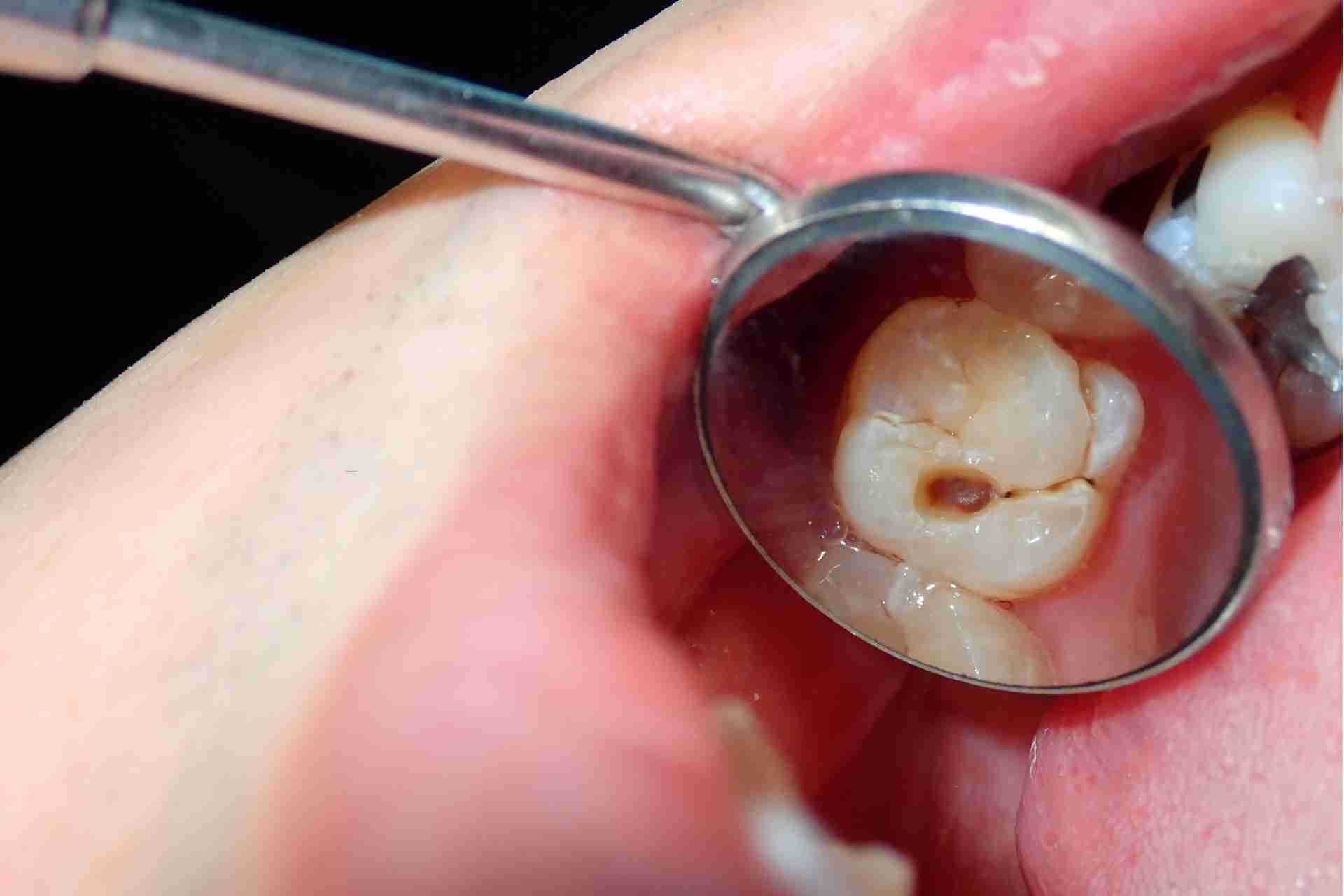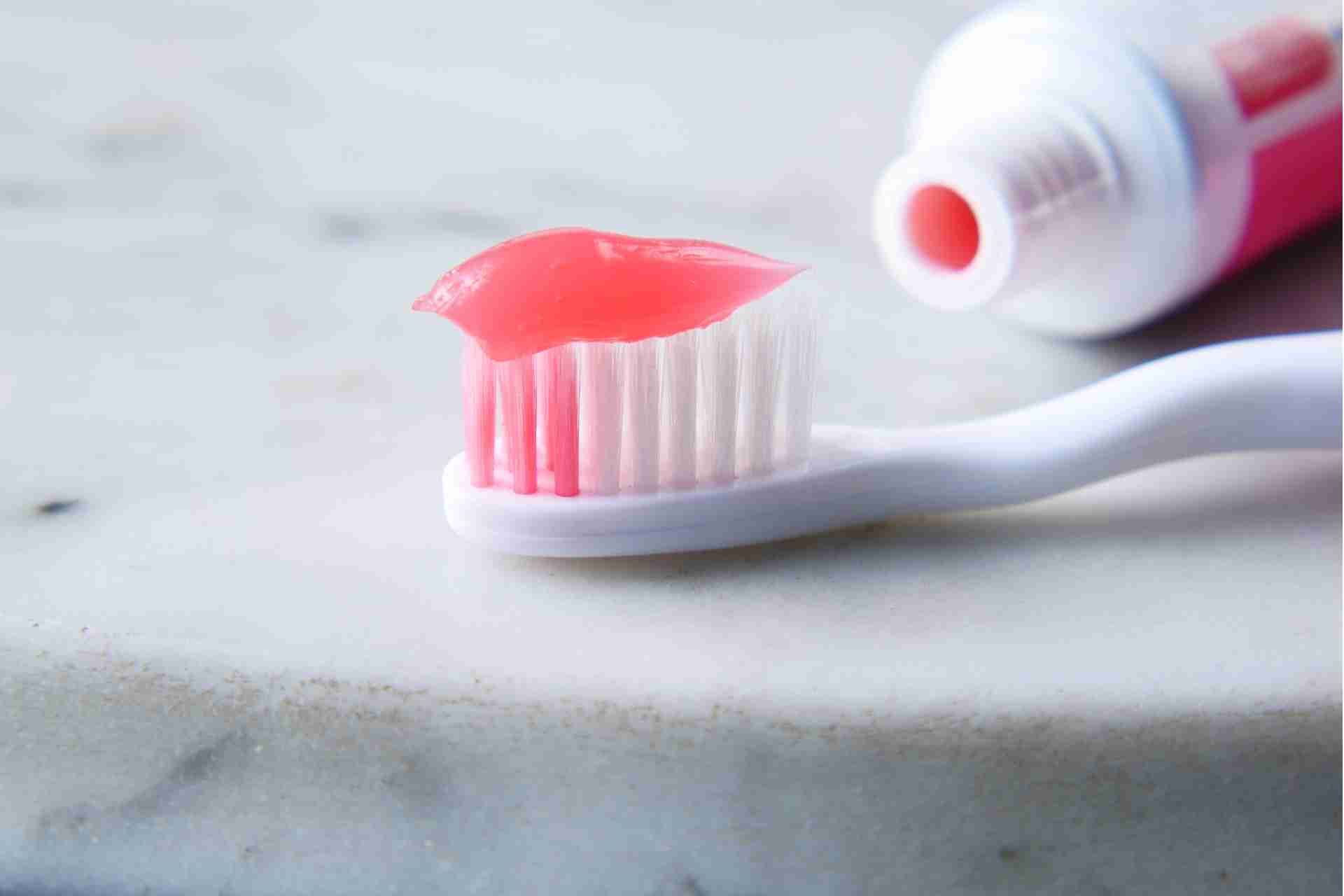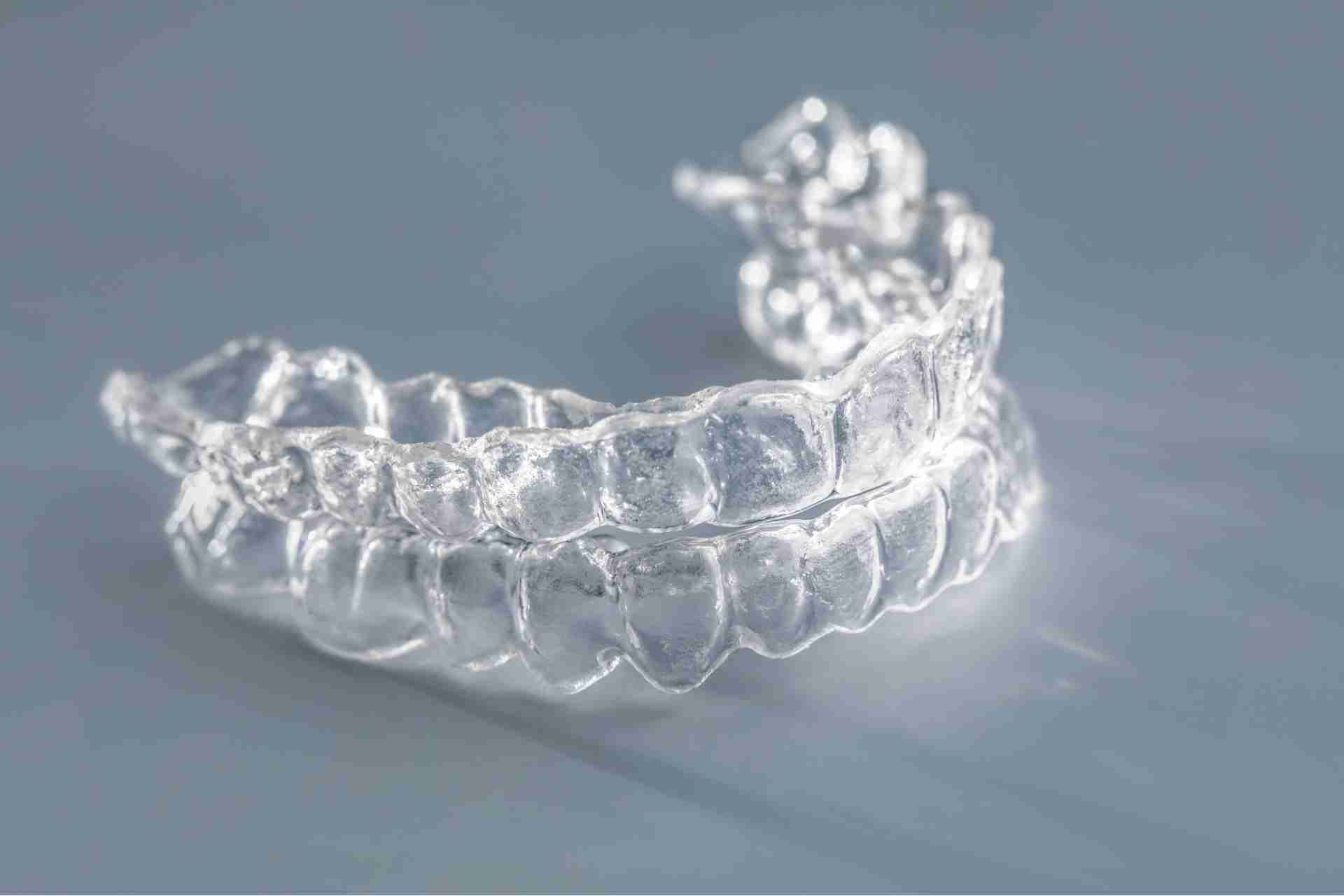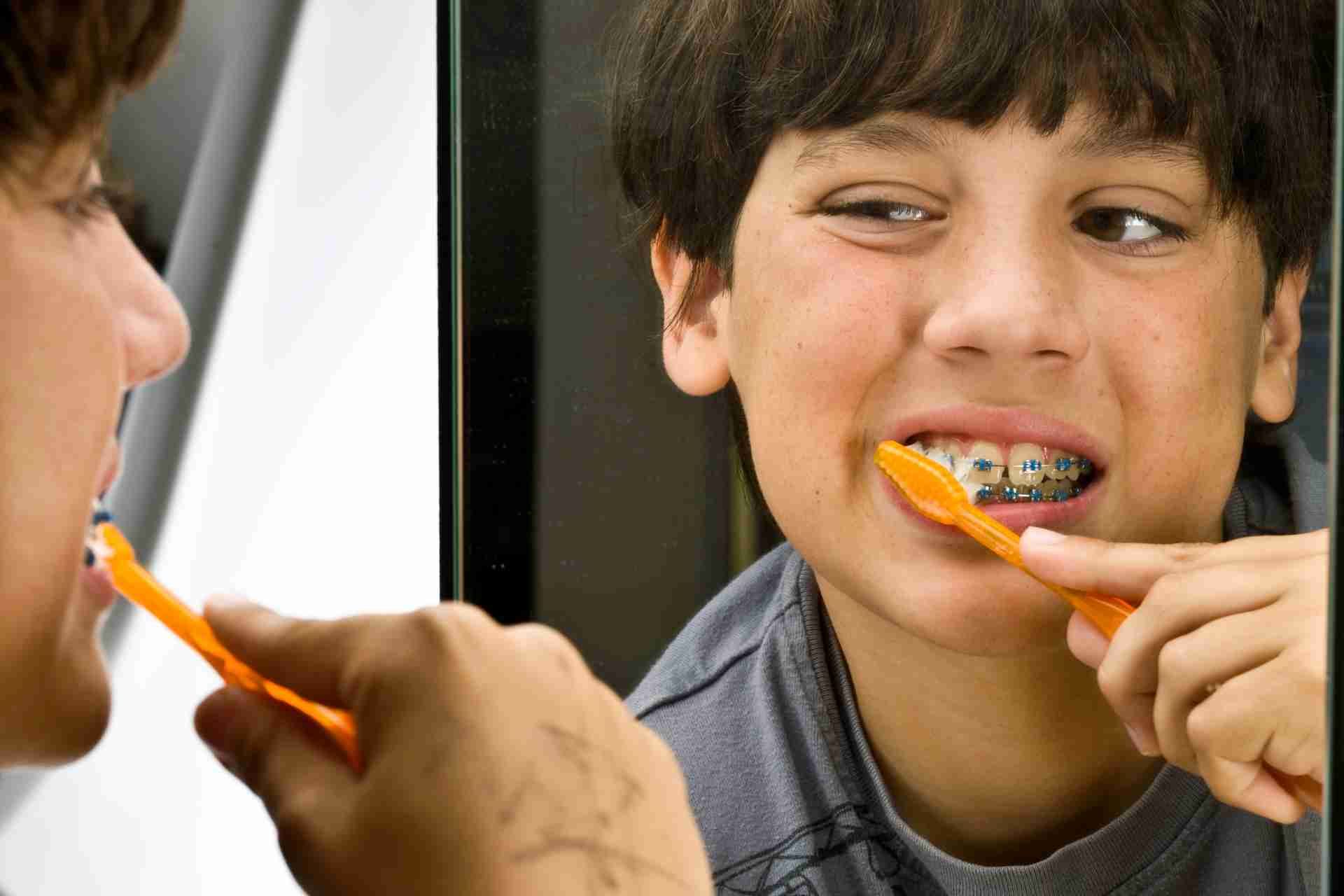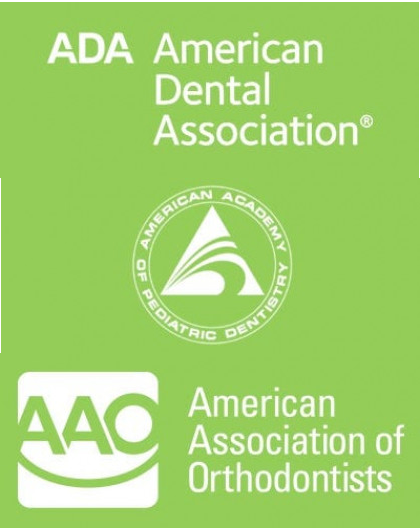Common Orthodontic Problems in Children (and How We Fix Them)

As a parent, you might notice your child's teeth aren't coming in straight or that they're struggling with their bite. These common orthodontic problems can lead to more serious issues down the road if not addressed. Understanding the causes and available solutions is essential for ensuring your child has a healthy smile. Let's explore these challenges and how orthodontic intervention can make a significant difference.
Overcrowded Teeth: Causes and Solutions
Overcrowded teeth affect nearly 60% of children, leading to various dental issues. You might notice your child's teeth overlapping or shifting, making it hard for them to maintain good oral hygiene.
This overcrowding often results from a combination of genetics, early loss of baby teeth, or prolonged thumb-sucking. If left untreated, it can cause problems like tooth decay and gum disease.
To address this, consider scheduling a consultation with an orthodontist. They'll assess your child's dental structure and may recommend solutions like braces or retainers.
Early intervention is key, as it can help guide the teeth into proper alignment. By acting promptly, you can give your child a healthier smile and boost their confidence.
Gaps Between Teeth: Why They Occur and How to Address Them
While overcrowded teeth can lead to various dental challenges, gaps between teeth also present their own set of concerns. You might notice these spaces due to genetics, missing teeth, or even the natural growth process.
These gaps can affect your child's bite, lead to shifting teeth, and create food traps, increasing the risk of decay.
To address gaps, your orthodontist may recommend various treatments. Options include braces to close the spaces or retainers to maintain alignment. In some cases, dental bonding or veneers can fill gaps aesthetically.
Regular dental visits will help monitor your child's teeth and determine the best approach. Early intervention can prevent more serious issues later, so don't hesitate to seek professional advice if you notice gaps forming.
Overbite and Underbite: Understanding Jaw Misalignment
When it comes to your child's dental health, understanding overbites and underbites is crucial, as these jaw misalignments can lead to significant issues if left untreated.
An overbite occurs when the upper front teeth significantly overlap the lower teeth, while an underbite happens when the lower teeth protrude beyond the upper teeth.
Both conditions can cause discomfort, affect chewing, and lead to speech difficulties. Early detection is key, so keep an eye on your child's bite as their teeth develop.
If you notice an overbite or underbite, consult an orthodontist. They may recommend treatments like braces or aligners to correct the misalignment.
Addressing these issues early can prevent more serious complications down the road.
Crossbite: Impacts and Treatment Options
Another common orthodontic issue is a crossbite, which can occur when the upper teeth fit inside the lower teeth when biting down. This misalignment can lead to uneven wear on your teeth, jaw discomfort, and even difficulty chewing.
If left untreated, it might also affect your facial symmetry.
Fortunately, there are effective treatment options available. Your orthodontist may recommend braces, which can gradually shift your teeth into the correct position.
In some cases, a palatal expander might be used to widen the upper jaw, allowing for a better fit.
Early intervention is crucial, so if you notice signs of a crossbite in your child, scheduling an appointment can help prevent more serious issues down the line.
Open Bite: Recognizing the Problem and Finding Solutions
Have you noticed when your child bites down that there's a gap between the upper and lower teeth? This condition, known as an open bite, can affect their ability to chew and speak properly.
It often stems from habits like prolonged thumb sucking or tongue thrusting. If you suspect your child has an open bite, consult an orthodontist for a thorough evaluation.
Treatment options may include braces, which can gradually shift teeth into proper alignment, or other appliances to encourage correct biting habits.
Early intervention is crucial, as addressing the issue sooner can lead to better outcomes.
Thumb Sucking and Pacifier Use: Long-Term Effects on Orthodontic Health
If your child has been struggling with an open bite, it's important to consider other habits that might be contributing to their orthodontic issues.
Thumb sucking and prolonged pacifier use can negatively impact dental alignment and oral health. These habits can push teeth out of position, leading to misalignment and bite problems over time.
If your child continues these habits beyond the age of three, it increases the risk of developing an open bite or other orthodontic concerns.
Encouraging your child to stop these habits early can promote proper dental development. You might also want to consult your orthodontist for strategies to help your child break the habit and to monitor any potential long-term effects on their teeth and jaw alignment.
Early Orthodontic Intervention: Benefits and Timing
While many parents mightn't realize it, early orthodontic intervention can significantly benefit your child's dental health and overall well-being.
By assessing your child's teeth and jaw alignment around age 7, you can identify potential issues before they worsen. Early treatment often leads to shorter, less invasive procedures later on, saving time and money.
Plus, addressing problems early can enhance your child's self-esteem and comfort, making it easier for them to eat and speak.
Timing is crucial; starting treatment at the right moment can prevent complications, like overcrowding or misalignment, from developing.
Conclusion
In conclusion, addressing common orthodontic problems in children early on can make a significant difference in their oral health and overall confidence. By recognizing issues like overcrowded teeth, gaps, and bite misalignments, you can work with an orthodontist to find effective solutions. Don't wait—early intervention not only simplifies treatment but also sets the stage for a healthier smile as your child grows. Keep an eye on their dental development and seek help when needed!


